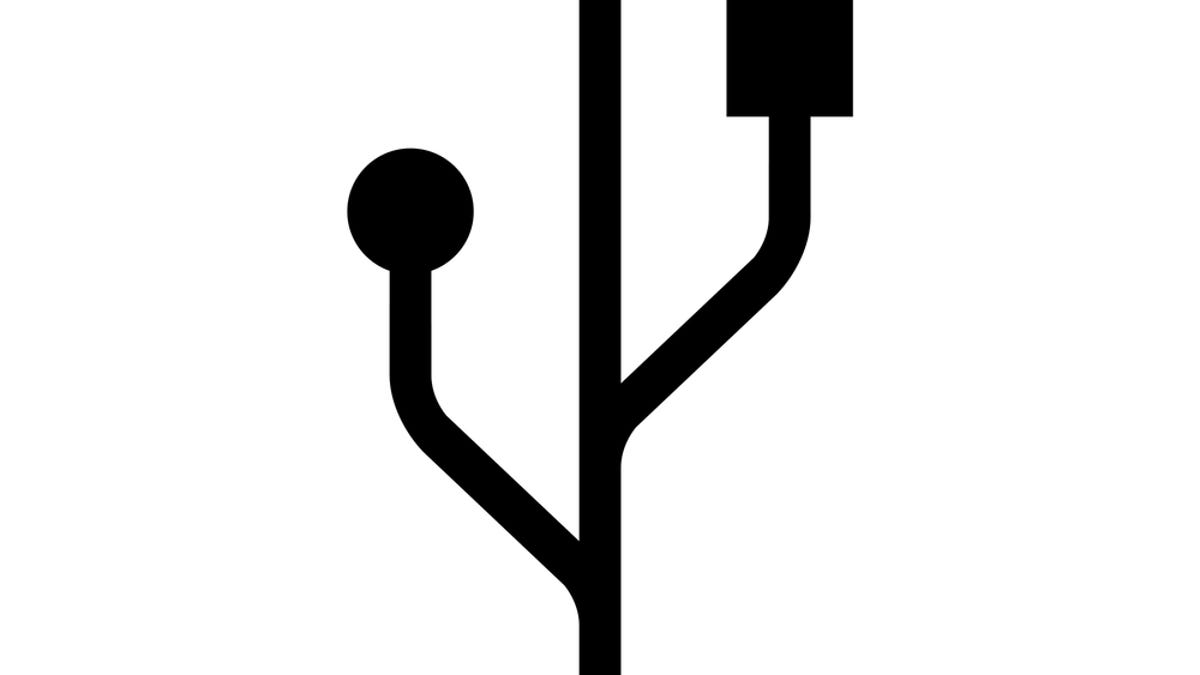USB 3.0 to get 10Gbps throughput
An increase in proposed speed for USB brings its throughput closer to that of Thunderbolt, though perhaps not for long.

A new specification being pushed by the USB 3.0 Promoter Group offers double the current throughput rate while maintaining backward compatibility.
The latest generation of USB 3.0 technology supports data transfer rates of up to 5Gbps, and has been one answer to the increasing I/O bottleneck for many peripheral devices, especially high-speed storage solutions.
The backward compatibility of USB 3.0 with prior versions of the protocol has made it quite convenient for users, but it has competition from the Thunderbolt technology from Intel and Apple. Thunderbolt has quadruple the overall data throughput of USB 3.0 and is far more configurable.
Despite this difference, recently the USB Promoter Group has issued a supplement specification for the technology that includes adding 10Gbps throughput to USB 3.0, bringing it closer to the speeds offered by Thunderbolt. The proposal, which is anticipated to be completed in mid-2013, includes not only faster data rates, but also improved I/O efficiency and continued full backward compatibility with prior USB protocols. The key features outlined in the recent press release from the USB Promoter Group include:
- New 10Gbps USB data rate
- Compatibility with existing cables and connectors
- Improved data encoding for more efficient data transfer leading to higher through- put and improved I/O power efficiency
- Compatible with existing USB 3.0 software stacks and device class protocols
- Compatible with both existing 5Gbps and new 10Gbps USB 3.0 hubs and devices, as well as USB 2.0 products
This development pushes the speed of USB closer to that of Thunderbolt; however, do keep in mind that while Thunderbolt currently runs at 10Gbps in a single direction, this speed is a cap on a much higher rate that is closer to 10 times this level, so the technology has much room to grow. Thunderbolt's current data rate is expected to see a boost sometime by the end of 2014 with the arrival of the third-generation Falcon Ridge controller.
The developments between these two technologies have had them poised in somewhat of a face-off in the industry, but many of those behind the technologies view them as complementary as opposed to being in strict competition. Though USB is great for compatibility and cheaper than Thunderbolt, Thunderbolt offers direct extension of display port and PCI Express bus data for expansion that is just not possible through USB.
Questions? Comments? Have a fix? Post them below or
e-mail us!
Be sure to check us out on Twitter and the CNET Mac forums.

